
Jul 2, 2025 • 7 min read
Discover the best of Santa Barbara from sunny beaches to wine tastings and vibrant nightlife with this comprehensive guide.

Jul 2, 2025 • 7 min read
Discover the best of Santa Barbara from sunny beaches to wine tastings and vibrant nightlife with this comprehensive guide.
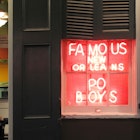
Jul 2, 2025 • 8 min read
New Orleans' great food and distinct flavors have a reputation internationally. Here's where you should eat in NOLA right now.

Jul 2, 2025 • 6 min read
In advance of the Seine reopening to the public for swimming, here are other fabulous spots for beating the summer heat of Paris with a refreshing dip.

Jul 2, 2025 • 6 min read
Discover Mughal forts, vibrant markets, artisan crafts, delicious food and hidden historical gems.

Jul 2, 2025 • 7 min read
Here’s a restaurant-by-restaurant guide to San Juan’s sizzling culinary scene.

Jul 2, 2025 • 5 min read
We asked a trio of our most knowledgeable New Zealand–connected correspondents for recommendations about where they vacation in their country.

Jul 2, 2025 • 9 min read
Experience the best of England with these top things to do, from city museums to seaside escapes.
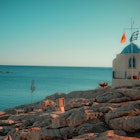
Jul 2, 2025 • 7 min read
Piraeus is the largest Mediterranean port in terms of passenger traffic and commercial activity, and most of Athens' visitors simply consider it a transit…

Jul 1, 2025 • 6 min read
From catching local buses, hiring a car or hopping by plane between islands, here's what you need to know to get around in the Canary Islands.

Jul 1, 2025 • 6 min read
From hiking the Carian Trail to marveling at ancient ruins to savoring flavorful cuisine, Carian Türkiye is sure to bring you a special experience.

Jul 1, 2025 • 8 min read
When it comes to two Polish titans battling for first place, how can you possibly choose just one to spend your time in? Let our writers help you out.

Jul 1, 2025 • 5 min read
For tourists in Japan, taxis are comfortable and convenient. Here's how to hail, ride and pay.

Jul 1, 2025 • 5 min read
As one of Italy’s great unsung destinations, Turin is a good year-round destination. Here's when to make the most of it.

Jul 1, 2025 • 10 min read
With its historic churches, gorgeous art, dreamy beaches and urban tableaux, Sicily brims with free experiences. These are 12 of the best ones.

Jul 1, 2025 • 7 min read
Plan a cycling trip on the new Alpina Mediterranean, a bike trail linking Italy, Slovenia and Croatia.

Jul 1, 2025 • 8 min read
From lazing on beaches in Turkey to sipping Guinness in Dublin or traveling through Mongolia, here are the best places to visit in September.

Jul 1, 2025 • 9 min read
Navigating the many islands of Indonesia is easy by planes, trains, buses, ferries and local transport – here are the best ways to explore the archipelago.
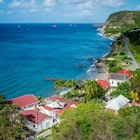
Jul 1, 2025 • 6 min read
Plan a trip to Sint Eustatius with this first-timer's guide to one of the Caribbean’s lesser-known islands.
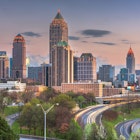
Jul 1, 2025 • 6 min read
Despite its sprawling layout and challenging traffic, Atlanta is easy to navigate if you know how, both with your own wheels or on public transportation.

Jul 1, 2025 • 6 min read
Boston is an easy-to-navigate city, from riding the T to using the city's bike-share program.
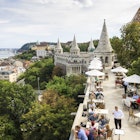
Jul 1, 2025 • 8 min read
These hints and tips will save you time, money and potential embarrassment when you visit Budapest, from avoiding fines to tipping your server.

Jun 30, 2025 • 8 min read
Discover the best things to do in Beijing, from historic hutongs and the Great Wall to street food, royal palaces and vibrant local culture.